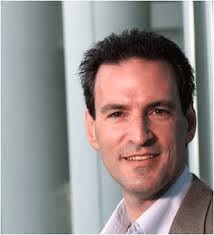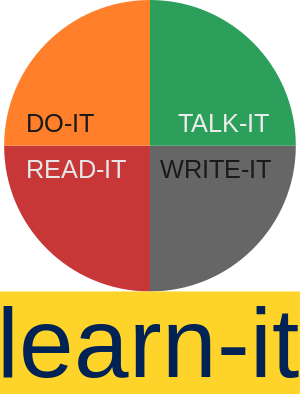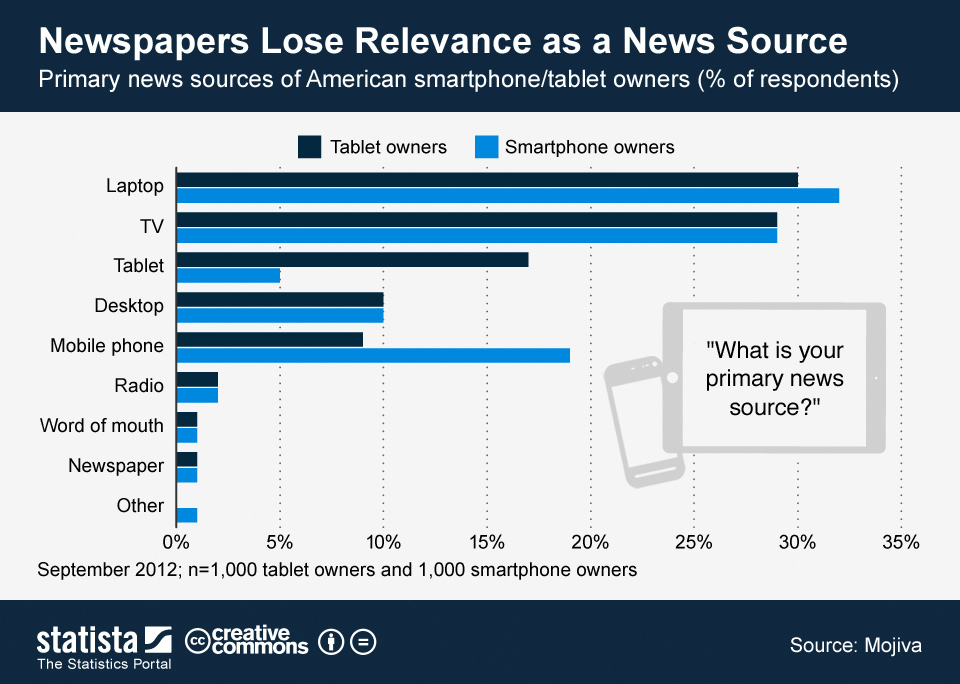Oracle is not just the world’s largest business-software company; it’s also a disruptive force in hardware with its market-leading Engineered Systems. With more than 390,000 customers spread across 145 countries, Oracle has its hands full. The challenges and opportunities will only intensify as the company continues to introduce powerful new technologies across every one of its product lines, including Fusion, Oracle Cloud, Social Applications, x86 & SPARC Engineered Systems, Oracle Database 12c, and
Oracle Solaris 11.

In that context, success for Oracle means success for those customers by finding ways to infuse cutting-edge technologies into every facet of how the biggest organizations in the world operate, plan, and execute – and doing so smoothly and non-disruptively.
Against this broad landscape, I sat down recently with Oracle President
Mark Hurd to talk about leadership, teamwork, and customer focus – all of which are becoming indispensable as the interplay between global businesses and their core technology partners becomes not only more strategic but more intimate.
“We make a significant effort at Oracle to focus the organization on making customers successful in how they deploy Oracle technology and transform their business through IT,” said Hurd. “Technology is complex and our customers run complex businesses. So, fundamentally, our job is to simplify the technology and enable our customers to systematically improve their business operations and also go after real change that can transform how they compete.”
To achieve that objective, Hurd said, Oracle has to have more than just great technology—it also needs “to have the right mindset throughout the organization to truly partner with our customers.” On top of that, the company needs to have superb processes and discipline for engaging with and delivering value to customers, and Hurd said he believes Oracle has developed a unique approach to deliver just that.
“We’re very good at driving commercial transactions,” said Hurd. “Tens of thousands of them every year. Underlying that, we’ve got to have a very consistent way to build and manage relationships. And that’s not an abstract concept of relationships between organizations. I’m talking about people: a relationship between a CEO, CFO,
CIO or other top executive and the Oracle team.”
Oracle breaks that process into three parts: listening to customers; responding to their needs, concerns, and business aspirations; and then collaborating with them on the adoption of leading technology that will help them be successful.
Hurd elaborated on each of those steps:
Listening: This includes transactional surveys on how well the company executes specific
business processes a

nd obligations; product surveys covering 15,000-plus products; relationship surveys that evaluate account management; dozens of advisory-board meetings each year; and a range of engagements with the nearly 1,000 Oracle user groups encompassing 500,000 members whose aim is to enhance the customer experience.
Responding: “We start with analytics – much like what we tell our customers to do,” Hurd said. “The analytics help us identify key customer feedback themes and then set priorities on how to address those themes.” These analytics include not only the normal customer satisfaction and loyalty measures, but also analysis of customer engagements and how they correlate with satisfaction and loyalty. Oracle extracts from those analyses 10 “customer feedback themes” that are refreshed every six months, with established programs to improve each.
“We also look at addressing individual customer issues very consistently and very fast. Our
Support organization is the best in the world,” Hurd said. “We have reactive processes, knowledge bases and tools, and proactive mechanisms that anticipate issues before they even hit the customer.”
Collaborating for Customer Success: “This is really the core of our customer engagement model,” Hurd said. “It gives us the insight and means to manage relationships and truly
partner with customers to mutual benefit.” As a result, Hurd and Oracle are able to apply a customer segmentation strategy that “determines exactly how we invest in the success of individual customers – across a very large number of accounts.”
In turn, that model allows Oracle to leverage many different account team resources: key account directors, team leaders, client advisors, and support account managers—all focused in unique ways and applying different sets of skills to help customers be successful. “We have a sophisticated account planning process that looks at the overall customer relationship across a rolling three-year time horizon,” Hurd said. “The account plan is a collaboratively developed approach to assuring the customer’s longer-term objectives are met at the same time that Oracle’s objectives are met.”
So are customers feeling the love? Yes, according to Kim Hammonds, CIO of The
Boeing Company. “Oracle is focused on our relationship, but more importantly – they are focused on our business. Our job in IT at Boeing is to use technology to drive productivity, growth and value for our customers. Through their customer focus, Oracle has gained an understanding of our business, our challenges and our technology strategy so they are focused on our needs and our mutual success.”
Procter & Gamble is as well, according to Filippo Passerini, Procter & Gamble Group President of
Global Business Services and CIO. According to Passerini, “In the past couple of years Oracle has step-changed their relationship with us. Traditionally focused on pure sales transactions, they are now bringing the right products, skills, and customer-focus to the table, with our success as the objective. It’s a true partnership.”













